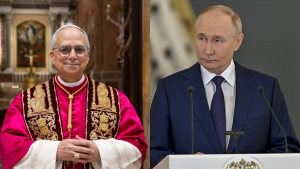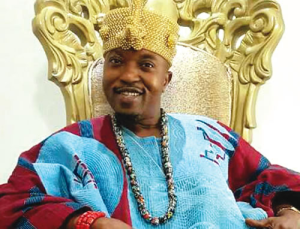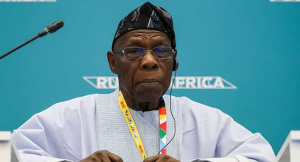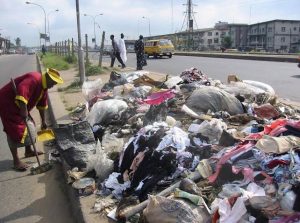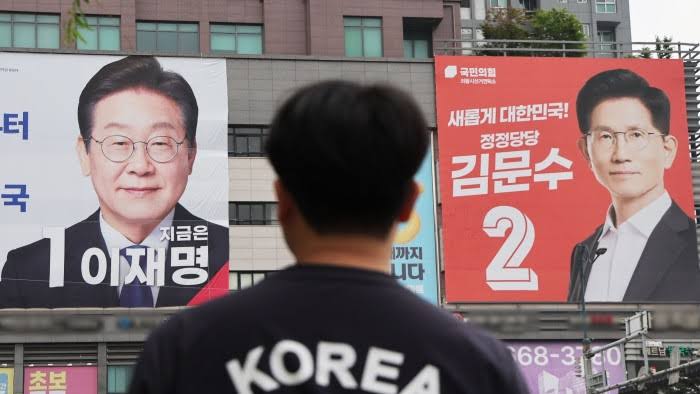
South Koreans went to the polls on June 3, 2025, in a snap presidential election triggered by the impeachment and removal of former President Yoon Suk Yeol. Yoon was ousted following his controversial and brief imposition of martial law in December 2024, a move that sparked widespread political unrest and led to his impeachment. This election marks a critical moment as the country seeks stability after months of interim leadership and political upheaval.
Polling stations opened early across the country, including in Seoul, with millions of voters participating, including over one-third who voted early during a two-day early voting period. The election is widely viewed as a referendum on the conservative People Power Party, which has been plunged into crisis following Yoon’s downfall. The liberal Democratic Party’s candidate, Lee Jae-myung, leads most opinion polls and is seen as the frontrunner to succeed Yoon. A recent survey showed Lee with about 49 percent support compared to 35 percent for the leading conservative candidate, Kim Moon-soo.
The election is conducted under a single-round plurality voting system, with the winner assuming office immediately after the National Election Commission certifies the results, foregoing the usual transition period. South Korean presidents serve a single five-year term, and this snap election is the first held outside the regular schedule since democratization.
Political analysts note the election’s significance in restoring public confidence and addressing the divisions caused by Yoon’s martial law attempt. The conservative bloc faces challenges in uniting behind a single candidate amid internal divisions, while the Democratic Party aims to consolidate its majority in the National Assembly with a strong presidential mandate.
Voter turnout was expected to be high, with many citizens hoping the election would bring much-needed stability after a turbulent period in South Korea’s democratic history.

